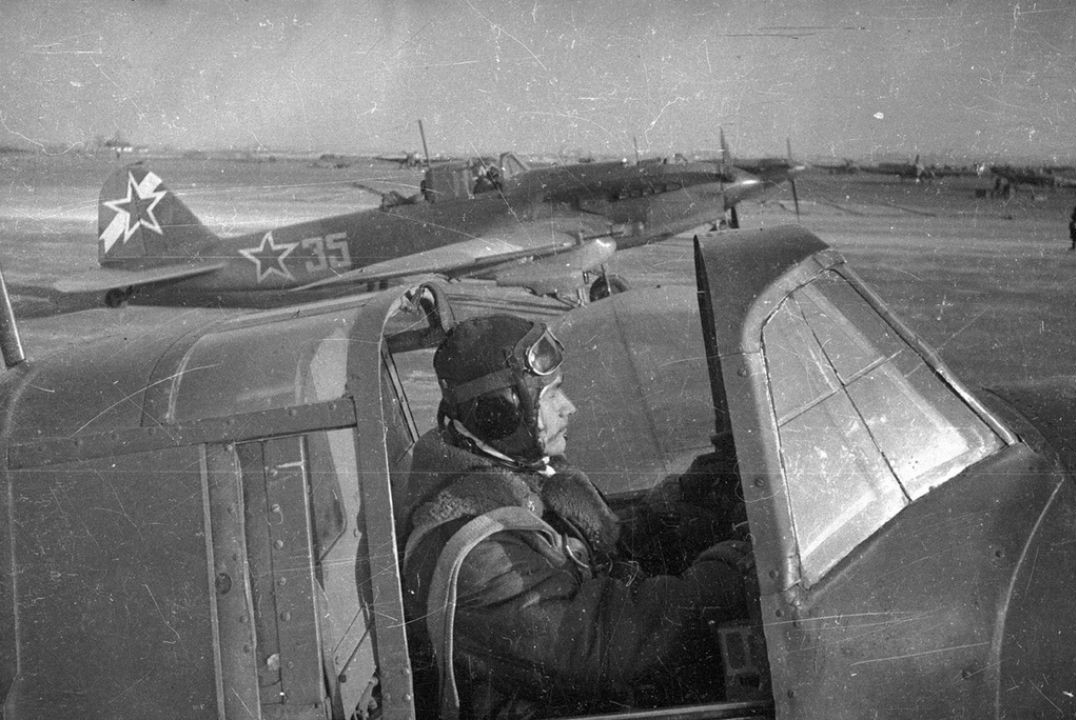Family stories carry weight, but wartime records speak in quiet, careful lines. Second Lt. Ambrose Joseph Finnegan Jr., known in his family as Bosie, served with the Army Air Forces in the Southwest Pacific. In May 1944, he vanished on a routine hop near New Guinea, and no remains were recovered. Over time, the account gathered speculation and politics, yet the paperwork endures. Unit summaries, casualty files, and memorial rolls outline a loss at sea, the kind that leaves a date, a theater, and a name cut into stone.
The Airman Behind The Name

Ambrose Joseph Finnegan Jr. entered service from Pennsylvania and joined Fifth Air Force, which supported island campaigns across New Guinea and the Bismarck Sea. Personnel notes tie him to headquarters duties, a reminder that risk reached beyond bombers and fighter squadrons. Air transport linked scattered strips, moved orders, and carried people who kept missions running. His record lists him as missing in action, later non recoverable, language that fixes the loss in official memory even when the ocean kept its hold.
Orders And Theaters

Fifth Air Force operated from muddy forward fields and larger hubs like Port Moresby and Nadzab. Daily traffic included attack aircraft, transports, and couriers that stitched the front together. A typical day mixed weather briefings, quick cargo, and hops that blurred into routine. That routine could turn fragile in minutes when storms rose or an engine faltered. For a headquarters officer, a seat on a short flight was part of the job, not a gamble. The theater made every mile count, and every mile carried risk.
The Aircraft And The Role

The A20 light bomber doubled as a fast courier across the Southwest Pacific. Crews valued speed, rugged gear, and the ability to land on rough strips between ridgelines and jungle. In practice, the type hauled messages, parts, and personnel, shaving hours from ground routes that bogged in rain. The airframe handled low level work well, but tropical heat, salt air, and sudden squalls punished engines and bearings. A ride that began as an errand could meet a storm edge no map fully warned about.
The Date That Anchors The Story
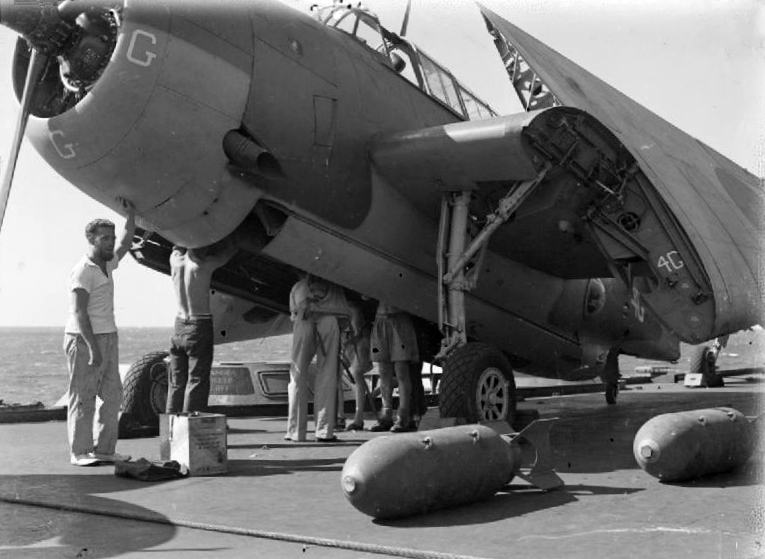
Mid May 1944 marks the loss. The flight lifted with routine purpose and never arrived, an absence recorded in signals logs and next day paperwork. In wartime, that silence created a narrow path for families back home. Telegrams softened detail. Units noted a missing aircraft and moved on to scheduled strikes and supply runs. For those who served with him, the date tied to a blank space on the board. For those at home, it settled into letters, prayers, and a steady wait that never ended.
Over Water, Few Clues
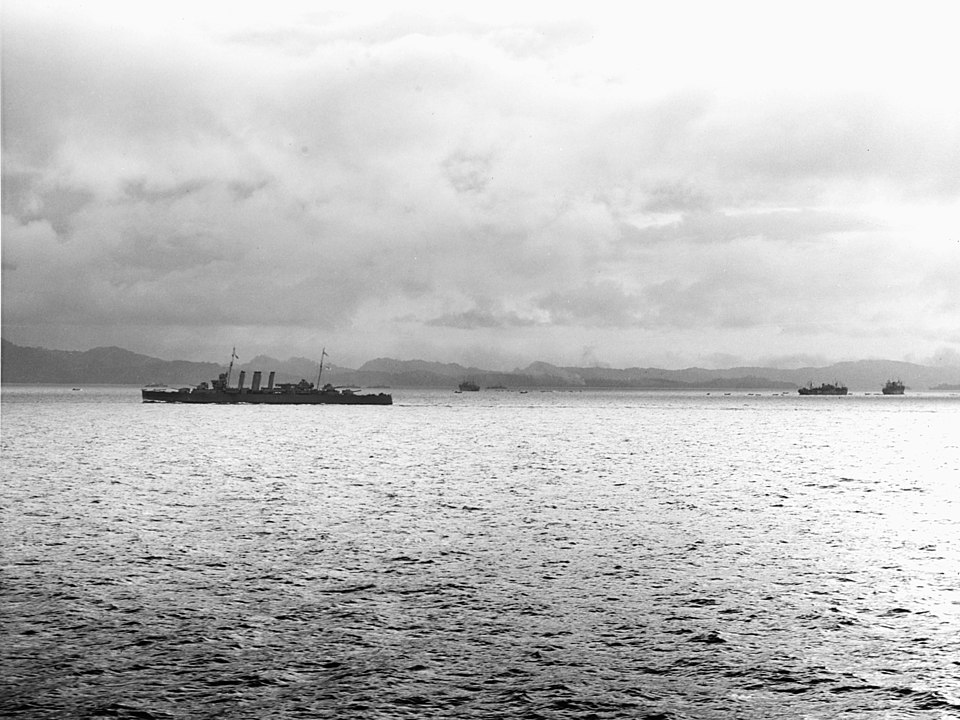
A failure over water often left nothing to follow. The coastline around New Guinea and the Admiralties folded into reefs and deep channels, with currents that moved wreckage out of reach in hours. Radios failed, beacons broke, and even a clean ditching could turn fatal in swells. Search assets were thin and pointed toward missions that could change battles. Without a flare or a sighting, a flight slid off the map. The sea kept the rest, which is why so many names remain unreturned.
Combat Or Not
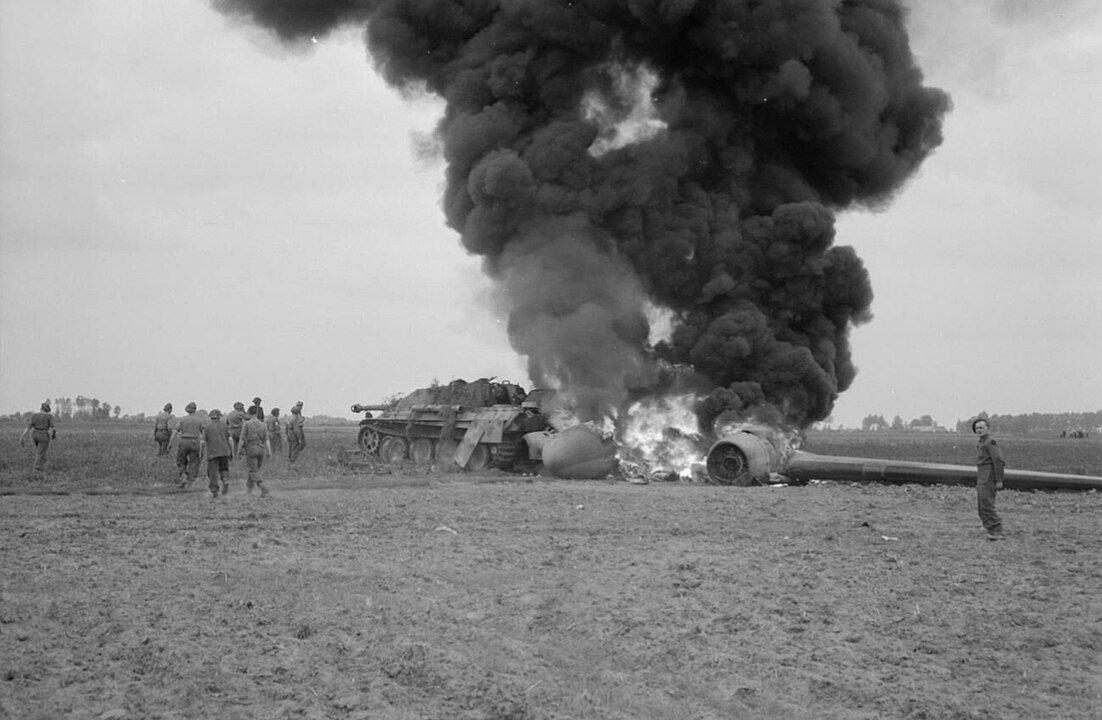
Later talk suggested a shootdown. Surviving summaries point instead to a non combat loss, language used when mechanical failure, weather, or navigation error fit better than enemy fire. No after action report ties antiaircraft or fighters to the disappearance. That does not lessen the sacrifice. It clarifies it. The Pacific theater claimed lives in combat and in the everyday grind of moving people and parts through heat, rain, and distance. The paperwork favors the simpler cause, sad and ordinary, but true.
How Family Lore Evolves
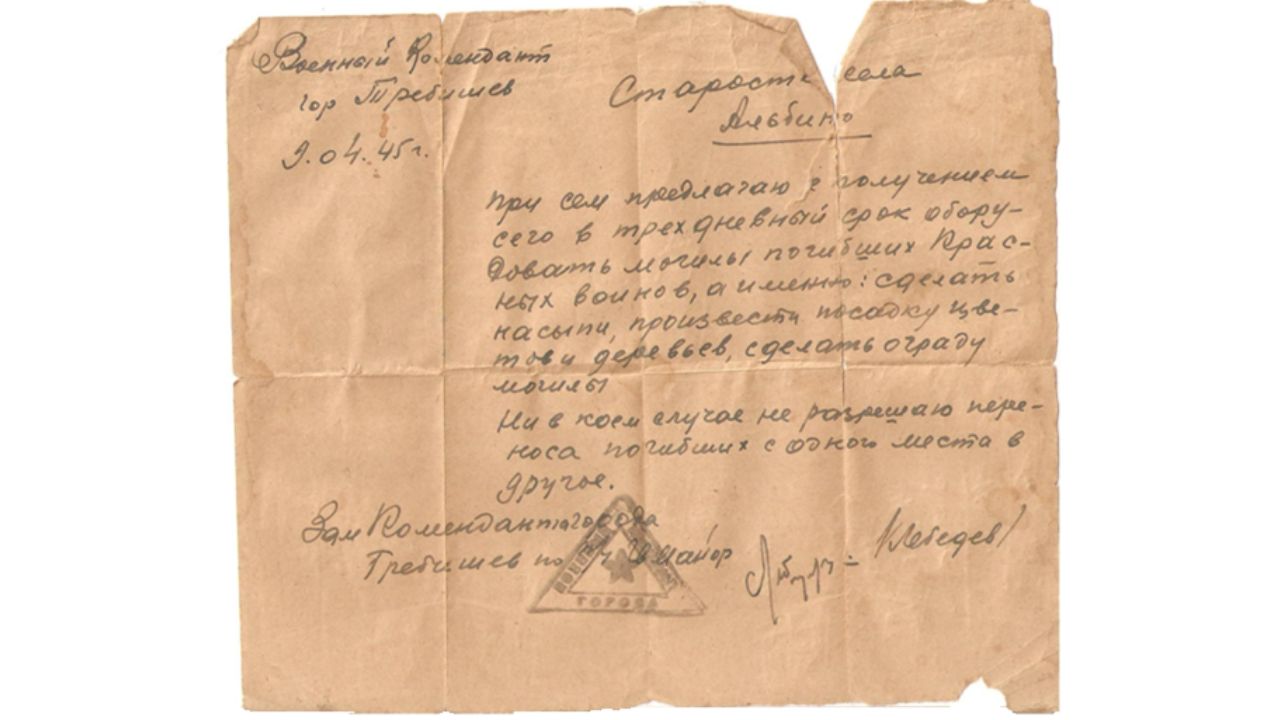
Wartime families lived with fragments. A telegram arrived, a chaplain wrote, a buddy added a detail from memory years later. Over time, gaps filled with guesses that sounded right and carried comfort or drama. When public roles and microphones enter the picture, a sketch can harden into a tale. The kindest response is not scorn. It is a return to documents that carry no desire to persuade. Precision gives grief a place to rest without embroidery and keeps honor intact.
Where The Name Is Kept
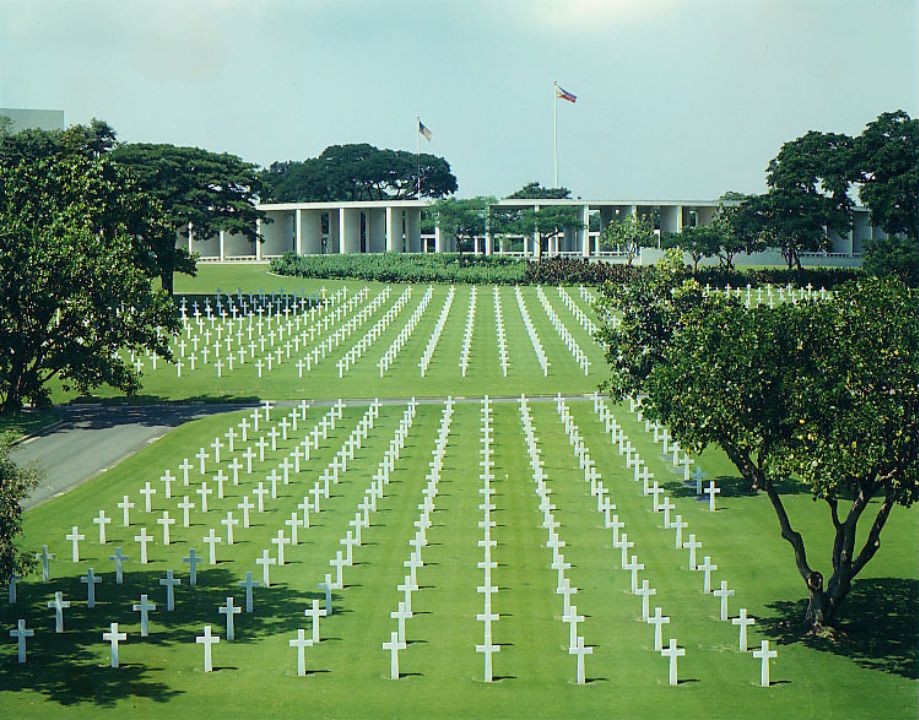
With no grave to visit, remembrance moved to stone. The Walls of the Missing at Manila American Cemetery hold his name among thousands. Sun and rain pass over those panels while families trace letters and speak small promises. The inscription binds a person to a date and a theater, a simple line that outlasts arguments. For many, that wall is the only fixed ground for mourning, a place where a life stays present even when the sea kept its secret.
Why Recoveries Are Rare In The Pacific
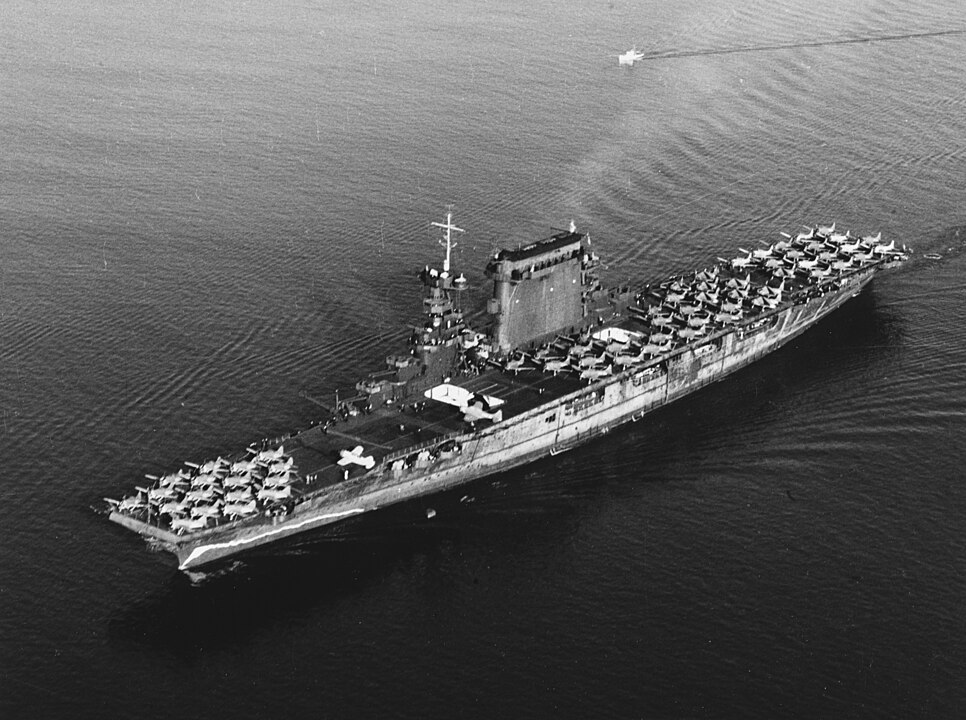
Even modern teams struggle with depth, currents, and poor visibility across this expanse. Coral growth hides shapes and holds them fast. Wartime records scatter across units and nations, and coordinates rarely align with precision. Add the urgency of 1944, when battles pressed forward and fuel and aircraft were rationed, and long searches became rare. None of this diminishes effort. It explains outcomes that feel cold on paper and heavy in families. The scale of the ocean sets its own terms.
